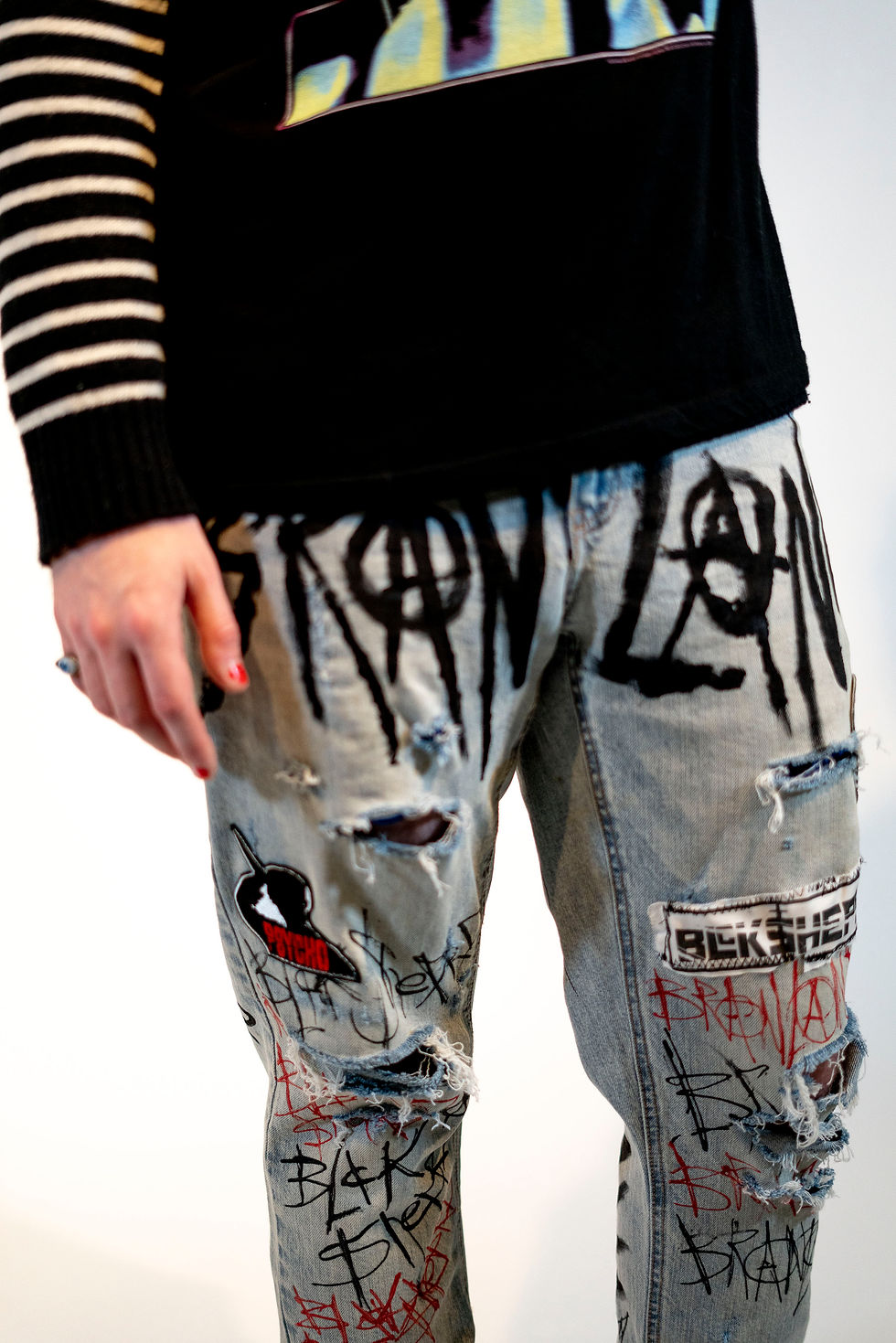The Origins of Punk and Its Impact on Fashion
- Harlem Sparrow
- Jan 11
- 2 min read
Punk, as both a cultural movement and a style, emerged in the mid-1970s as a raw, rebellious response to societal norms, politics, and mainstream aesthetics. Born in cities like New York and London, punk encapsulated a DIY ethos that extended beyond music into art, lifestyle, and fashion, fundamentally reshaping the world’s perception of counterculture style.
Punk's Roots: Music as a Catalyst
The punk movement began with music. Bands like The Ramones in New York and The Sex Pistols in London channeled frustration and disillusionment into fast-paced, stripped-down songs. Their anti-establishment lyrics and aggressive sound became the foundation for punk culture, inspiring fans to adopt similarly confrontational attitudes and aesthetics.
DIY Ethos: The Birth of Punk Fashion
Punk fashion was heavily influenced by its DIY ethos. Early punks rejected the polished look of mainstream culture, instead creating styles that reflected their defiance. Torn clothing, safety pins, duct tape, and scribbled messages became staples of the punk wardrobe, often customized at home. This resourceful approach turned necessity into a statement, emphasizing individuality and rebellion.
The Role of Vivienne Westwood and Malcolm McLaren
In London, designer Vivienne Westwood and her partner Malcolm McLaren played pivotal roles in shaping punk fashion. Their boutique, SEX, became the epicenter of punk style. Westwood’s designs combined bondage gear, tartan fabrics, and provocative slogans, pushing boundaries and cementing punk as a revolutionary fashion movement. McLaren’s management of The Sex Pistols further amplified this style, making it synonymous with punk’s anarchic spirit.
Iconic Elements of Punk Fashion
Leather Jackets: A symbol of rebellion, often customized with studs, patches, and painted slogans.
Tartan and Plaid: Used in unconventional ways to subvert traditional British styles.
Chains and Safety Pins: Both functional and decorative, these items epitomized punk’s DIY spirit.
Distressed Denim: Ripped and adorned with patches, denim became a canvas for self-expression.
Graphic T-Shirts: Featuring provocative imagery or political messages, these shirts were a direct means of communication.
The Global Influence of Punk Fashion
As punk spread globally, its fashion evolved, influencing subcultures like grunge, goth, and emo. Designers such as Jean Paul Gaultier and Alexander McQueen later drew inspiration from punk’s rebellious aesthetic, integrating its elements into high fashion. Meanwhile, punk’s emphasis on individuality and self-expression continues to resonate in contemporary streetwear and avant-garde designs.
Punk Fashion Today: Legacy and Revival
Punk’s legacy endures in both fashion and culture. Modern brands and designers frequently reference its iconic elements, while the DIY spirit lives on in independent and sustainable fashion movements. Punk’s rejection of conformity and celebration of self-expression remain powerful reminders of its revolutionary origins.





Comments